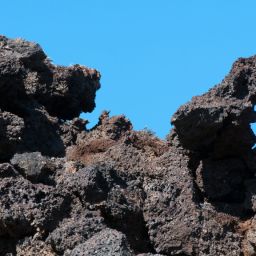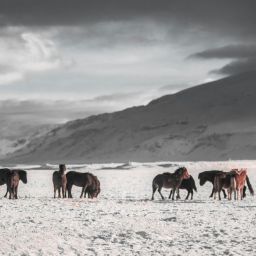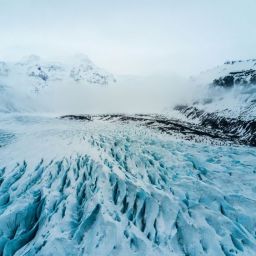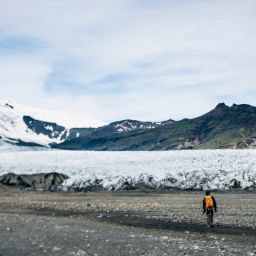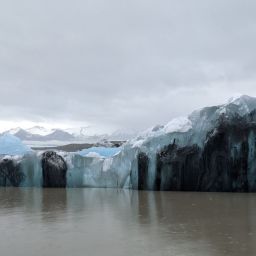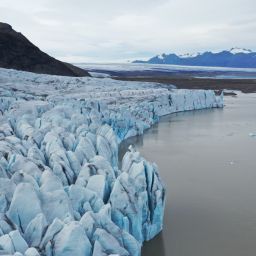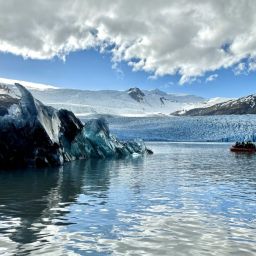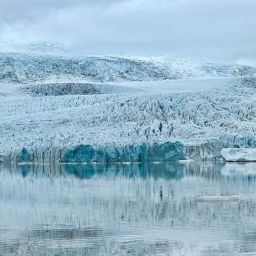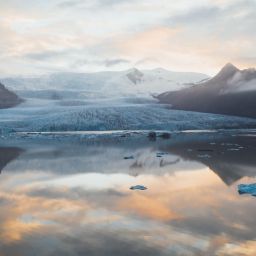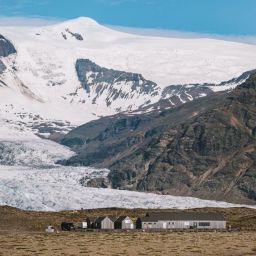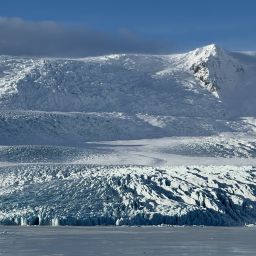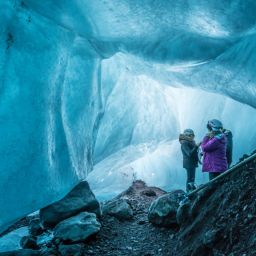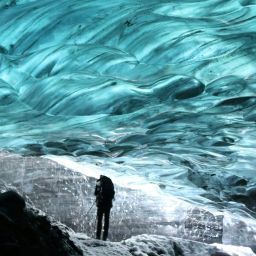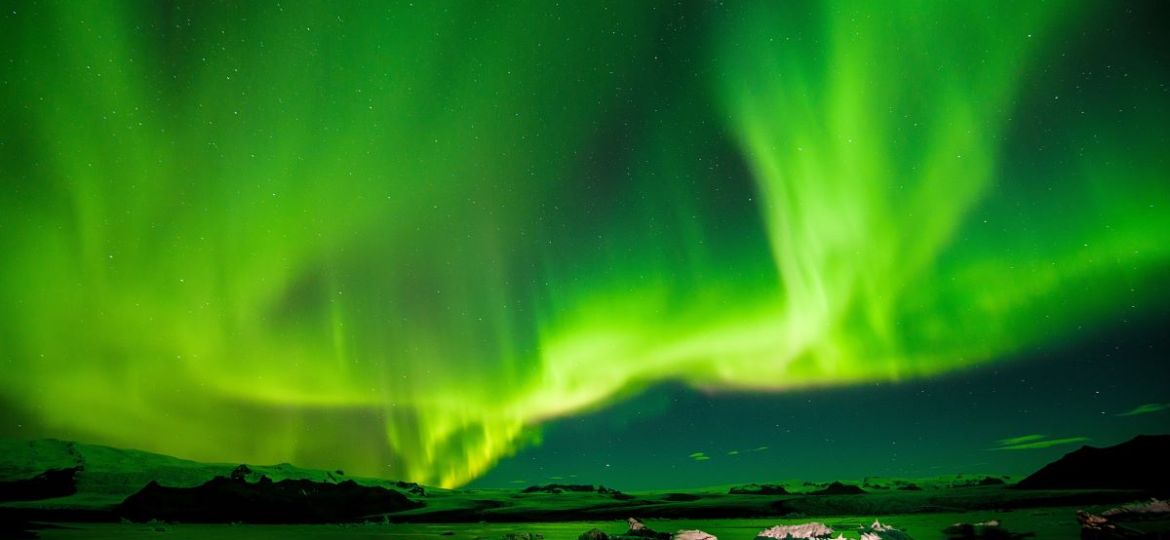
The Northern Lights can be elusive so give yourself the best chance of a sighting by doing your research up front. If you’re planning an aurora hunt while you’re in Iceland, then setting your sights on glacial lagoons such as Fjallsárlón and Jökulsárlón on the south coast is a great idea, because they’re a long way from the light pollution that can be so problematic in built up areas. Before you start chasing the Northern Lights at any of the region’s glacier lagoons, you’ll want to check out these tips and tricks.
Why are travellers keen to see the Northern Lights above glacier lagoons like Fjallsárlón?
Make no mistake, seeing the Aurora Borealis anywhere is going to be a memorable moment. The chance to witness this breathtaking natural phenomenon is one that you won’t want to pass up and of course, it’s what lures many winter tourists to places such as Iceland in the first place.
Nevertheless, there’s something extraordinarily special about being in a place where the scenery is already remarkable. The icebergs that litter glacier lagoons such as Fjallsárlón are a stellar example of this. If you are fortunate enough not only to catch sight of the Northern Lights but see them reflected in water or the frozen lagoon, it really is something incredible.
Is the weather set to be fine?
No matter where you plan to hunt for the Northern Lights, you’ll need clear skies, so take a look at the weather forecast and make sure that the skies above glacial lagoons like Fjallsárlón are likely to be cloud-free. Remember, conditions might change over the course of the evening, so if the cloud is expected to lift, don’t be too concerned if the stars aren’t visible earlier in the evening. That said, Iceland’s weather is very unpredictable, so set realistic expectations as you might not be lucky on your first attempt.
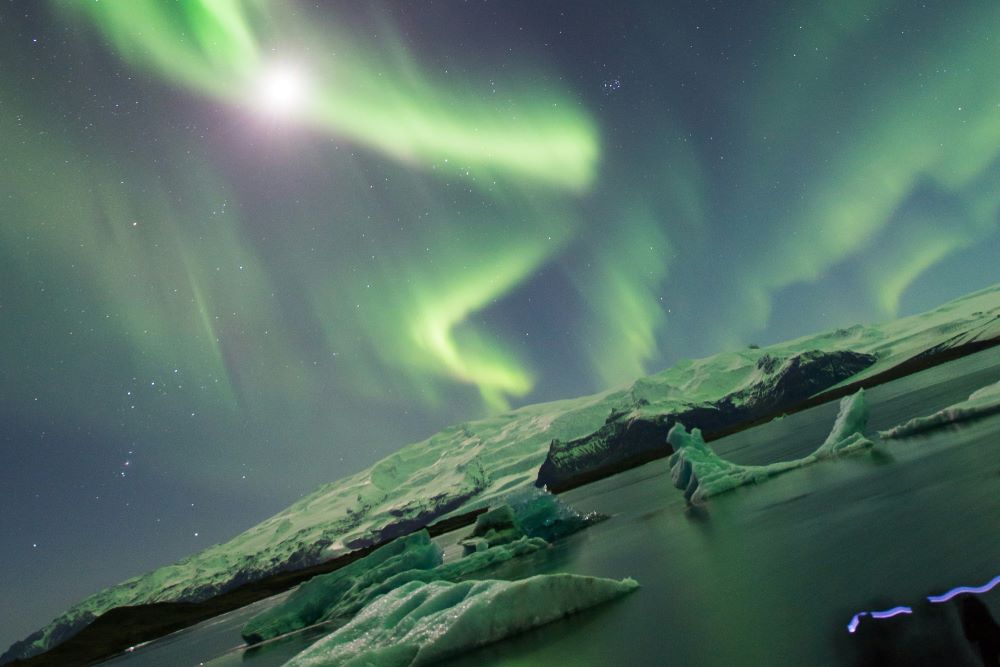
What’s the likely Aurora forecast?
Next, take a look at the aurora forecast as you’ll need strong solar activity. There are plenty of apps you can download onto your phone or follow aurora hunters on social media to tap into their analysis of the situation in space. One measure you can use is the Kp Index, which is published on the Icelandic Met Office’s website. It’s a scale from 0-9, and broadly speaking the higher the number the better your chances, though it’s not a guarantee.
Be prepared to wait around
Viewing the Northern Lights can be a long-winded process as there’s no set time that they show up. Though they often seem to appear just before or after midnight, in reality you could see them almost immediately it gets dark. You’ll need to be prepared to wait around, perhaps for several hours and sometimes in very cold conditions.
Think about how you plan to stay warm; dress in appropriate clothing and have a full tank of fuel or fully charged EV too. You’ll probably want to wait in your car, so park somewhere that’s both safe and accessible, such as in the car park beside the glacial lagoon. Parking at Fjallsárlón is free of charge, at Jökulsárlón you will need to pay for parking. You’ll also need to make sure the windscreen remains clear so you can periodically check what’s going on outside – if it fogs up you might miss the action.
Use your phone and or Tripod
At the beginning of a period of auroral activity, the colours are often faint and it can be tricky to spot with the naked eye. If the forecast indicates you should expect a good display, be patient as the patterns and colours should get better as the night wears on. Initially, though, you’ll be keen to reassure yourself that the aurora has showed up, so you need a bit of help – and it’s in your pocket.
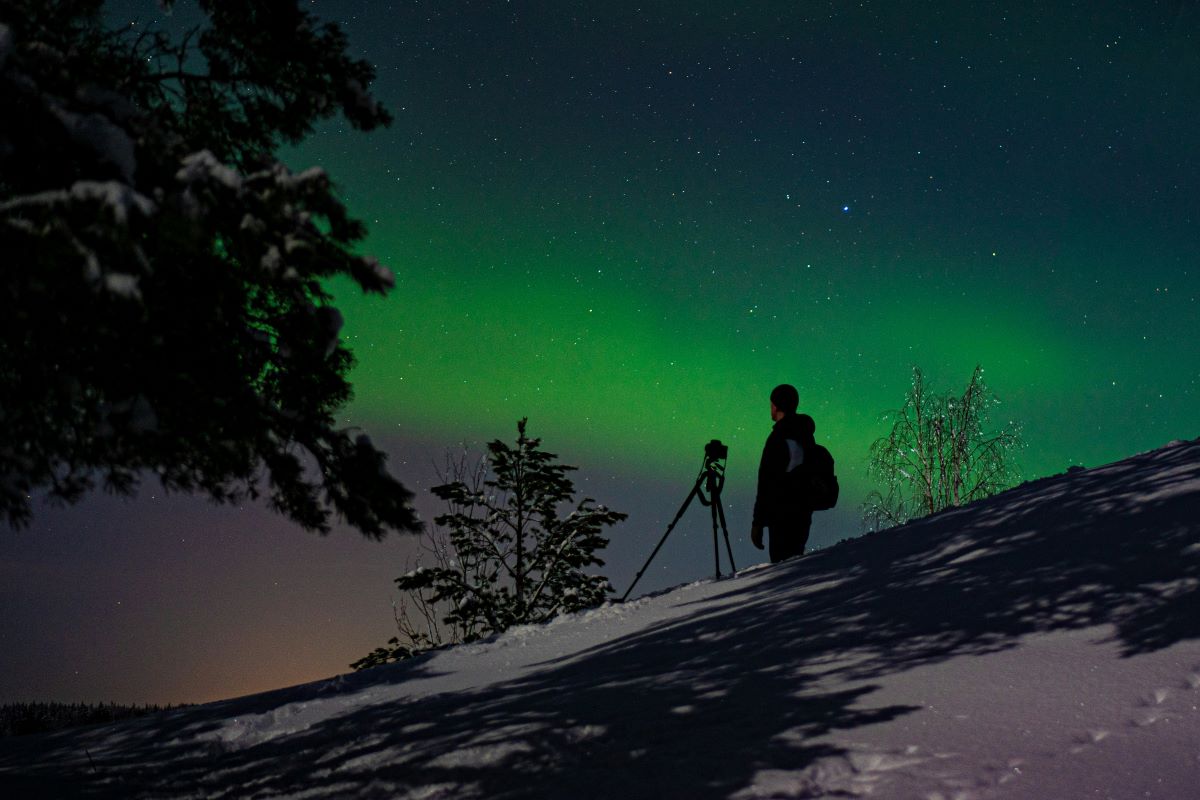
Facing north, look at the sky through the screen of your phone and you’ll have a better chance of the colours being visible. The Northern Lights often takes the form of an arc, so see if you can identify any grey or pale green shape in the sky that indicates one is present. You might also catch movement as the lights stream upwards or across the sky. Try a test shot: set your phone into night mode and with the longer exposure that this setting gives you, if the Northern Lights are present you’ll see at least a faint showing of green or red on the image.
A tripod is invaluable if you’re to take some great photos, especially if you plan to use a smartphone. On an iPhone, for instance, because of camera shake you might achieve a 3 second exposure if you hold the phone up in your hand. Maybe you’ll manage to stretch to a 10 second exposure if there’s something on which you can prop it, such as the back of a bench, the roof of your car or even the top of a signboard. But with a tripod, you can extend it to 30 seconds which will give you much more colour saturation in the photos you take.
However, Iceland’s weather can be windy, so you’ll need to make sure your tripod isn’t going to come crashing to the floor at the first gust. You can reduce the chance of this happening by opting for a sturdier model. It’s also a good idea to think about the wind direction as you might be able to tuck yourself out of the wind and still be able to have an unobstructed view of the sky – you’ll stay warmer if so, which is an added bonus.
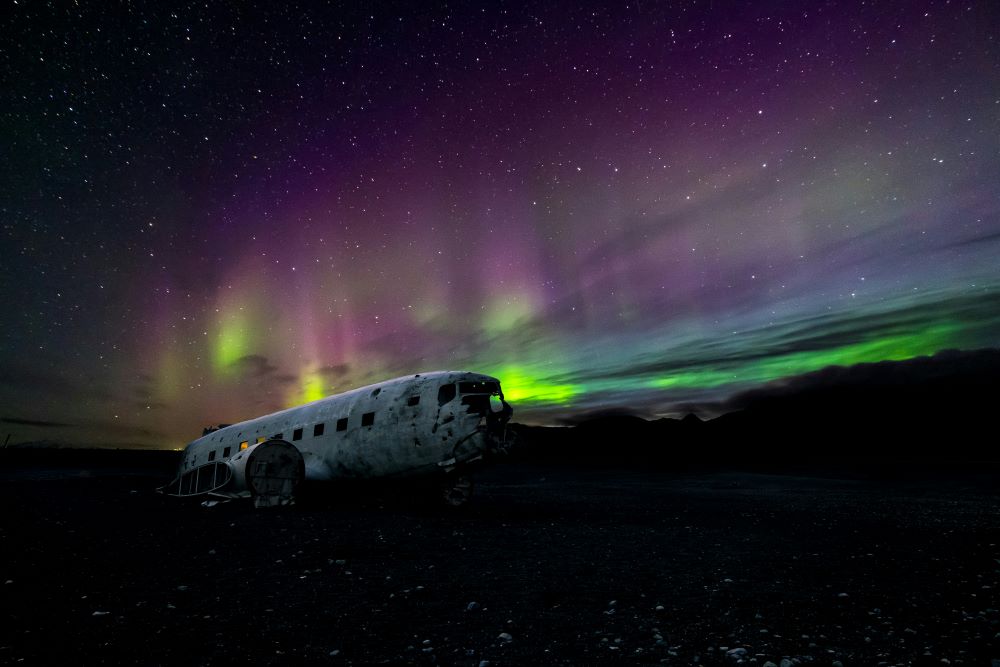
Avoid light pollution and give yourself time to get used to the dark
Though you can see the Northern Lights in towns and cities if the displays are strong enough, the aurora will be more vivid if observed from somewhere there’s not a lot of light pollution. It’s important to give your eyes time to adjust to the dark, so don’t worry if you can’t see anything immediately if you’ve just had your car’s interior lights on or have been looking at your phone screen.
Even out in the countryside, you’ll find that the headlights of the vehicles coming and going can sometimes mean the sky doesn’t appear as black as it could be. At popular spots such as Jökulsárlón Glacier Lagoon, you shouldn’t expect to be alone if there’s a promising Northern Lights forecast. On the other hand, Fjallsárlón tends to be comparatively overlooked. Take advantage: while a crowd gathers down the road, pull in to this darker, quieter spot where there’ll be fewer cars coming and going, reducing the chance of light pollution.
Get started on your aurora hunt as soon as you can
Viewing the Northern Lights in Iceland is a bucket list-worthy activity and one that you’ll want to attempt, so boost your odds by starting your hunt at the beginning of your trip. That way, if things don’t go your way the first night, you know you have several other opportunities to try again. Even if you’ve had a tiring journey, it’s worth heading out right away if the forecast looks promising.
Seeing the Northern Lights over a glacier lagoon is a magical sight and we hope for that very reason Fjallsárlón becomes a place you’ll treasure long after you return home from Iceland. With these tips and tricks, you’ll increase the likelihood of being in the right place at the right time to watch the ribbons and curtains of the colourful Aurora Borealis dance overhead. Good luck!


